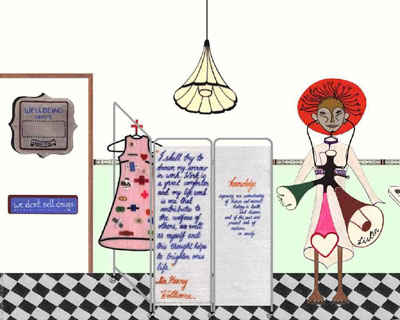"Luxury" Exhibit at the Museum at FIT
/Gabrielle “Coco” Chanel, 1925. Photo Irving Solero
The other day, I visited the “Luxury” exhibit, part of the rotating permanent collection at the Museum at FIT. I was given a tour from Tamsen Schwartzman, a research curator who organized the exhibit together with Valerie Steele and Fred Dennis. The exhibit, which opened in May and will remain on view until November 10th, made some very interesting points on the relation between luxury (as a widespread concept and eventually industry) and the rise of the bourgeoisie. Thus, the show started in the 18th century and continued up to the present day. The garments and accessories in the exhibit, which were for the most part arranged chronologically, made a very convincing argument for how luxury is ultimately a constructed cultural category which is constantly shifting and, thus, always historically and geographically specific. The exhibit went from an18th century heavily embroidered men coat (which exemplified the decorative character of menswear at the time) to a late 19th century extremely embellished ball gown which stands as evidence of “the feminization of luxury,” and of Veblen’s theory of “conspicuous consumption.” This move took place as menswear became pared down and opulence and wealth became displaced and displayed onto women.
In the early part of the exhibit covering the early 20th century, it’s quite interesting to compare a Chanel’s dress in its effortless look to a heavily decorated early 20th century Worth gown, and to a more theatrical Poiret dress. As the 20th century progresses, the ’80s stand out as the epitome of ostentatious luxury followed by the ’90s, with its more understated look and the concept of stealth luxury. The exhibit ends with suggestions of what constitutes luxury today:
It often has to do with the personal, the experiences which are often translated into the uniqueness of a piece, and the story associated with the brand or sometimes the individual garment. This made me think of an article on glamour by Elizabeth Wilson which I recently read in Fashion Theory, and which discussed glamour (perhaps counter intuitively) in relation to the dandy, with its aesthetic of restraint, and of refusal. “Glamour,” writes Wilson, is “elitists” and it “depends on what is withheld, on secrecy, hints , and the hidden.” Thus, one is left to wonder whether luxury in contemporary time, where the concept has become ubiquitous, is ultimately to be found in some form of refusal…
Francesca










